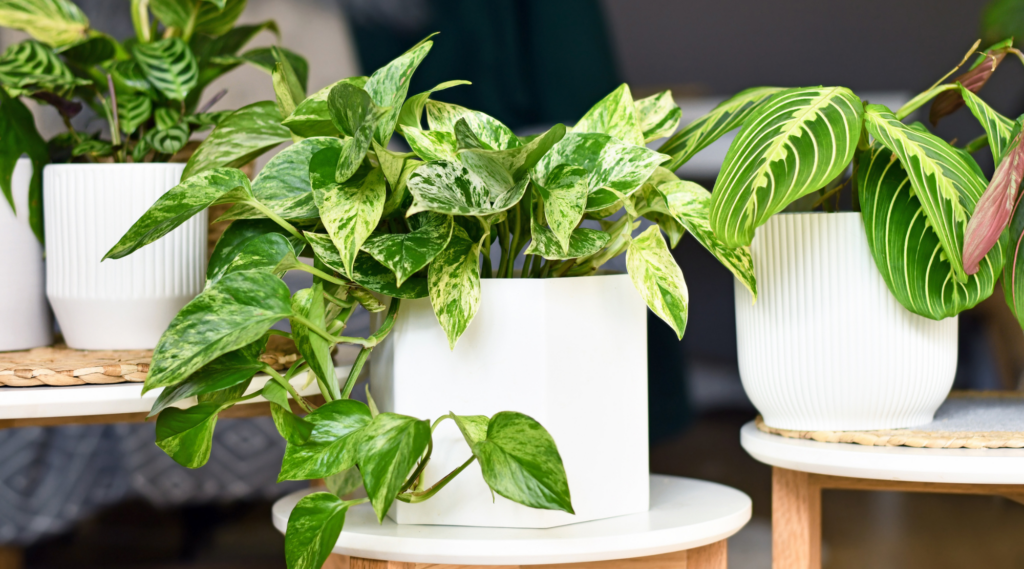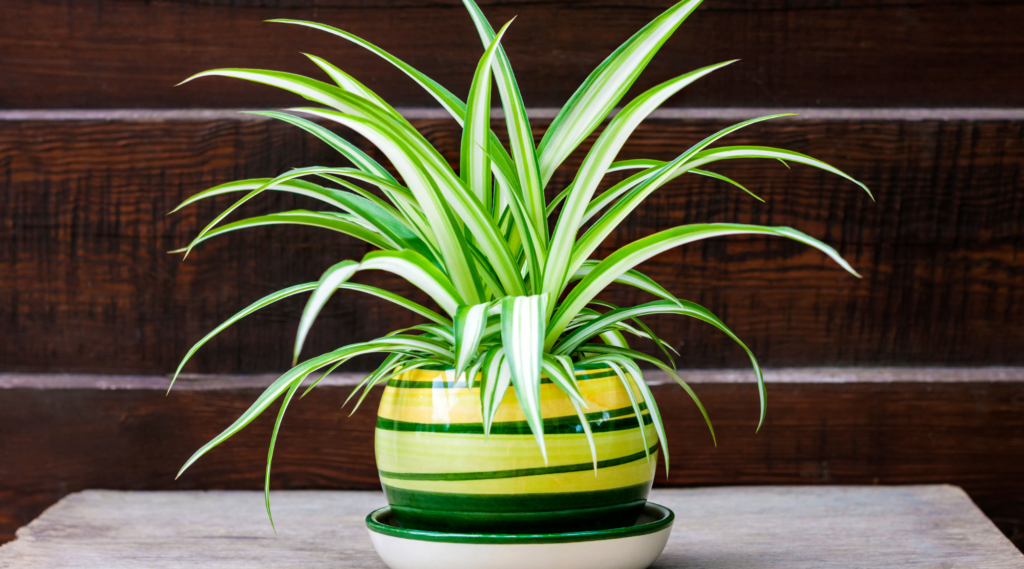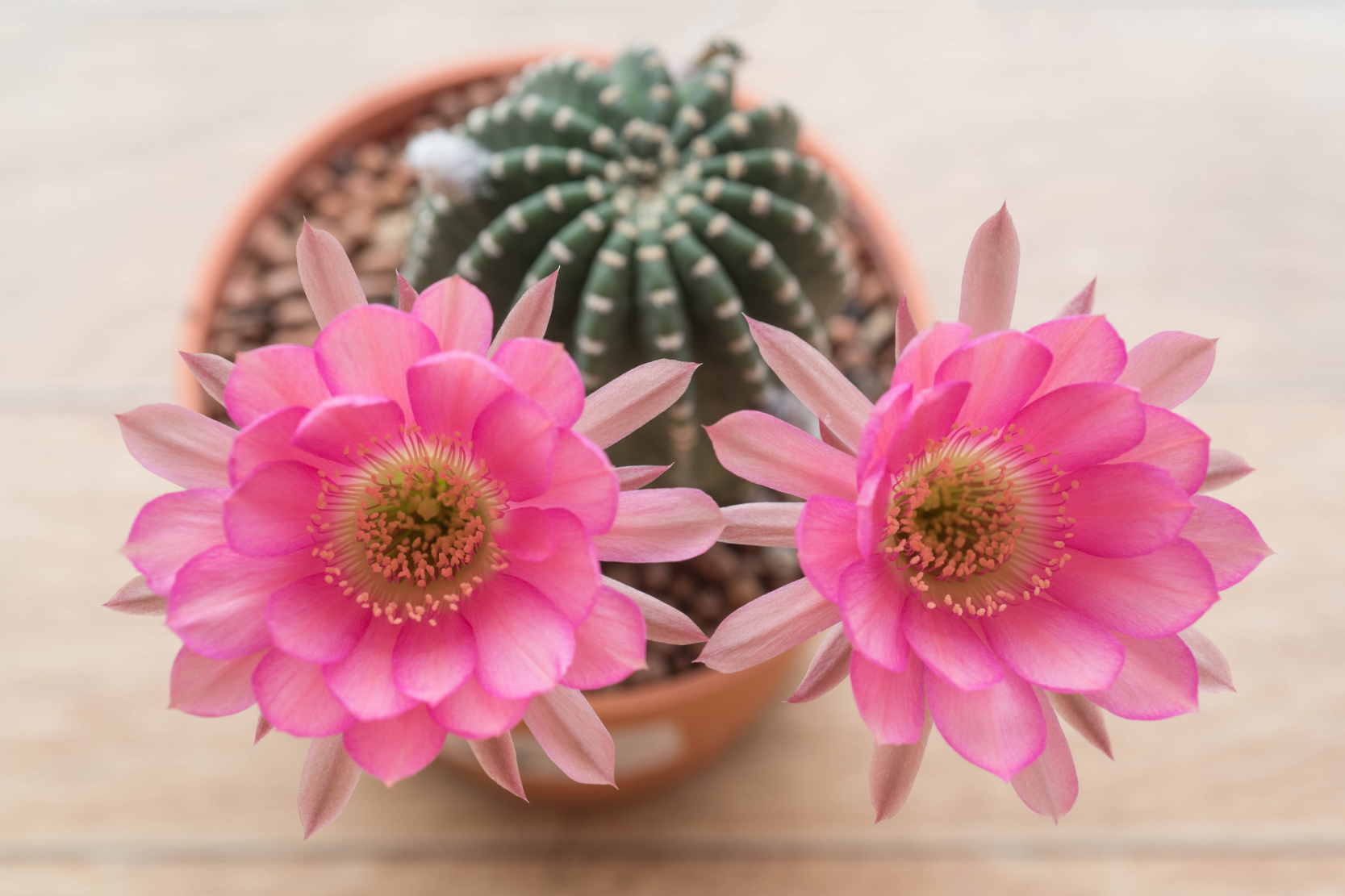Indoor gardening has become a popular way to bring nature into your home while enjoying the many benefits of growing plants. As someone who has started their indoor planting journey, I can tell you firsthand how rewarding it is to see your plants thrive. Whether you want to improve air quality, enhance your home décor, or simply enjoy the calmness that comes with caring for plants, this guide will help you get started.
In this ultimate guide, I’ll walk you through everything you need to know to start your own indoor garden—from selecting the right plants to caring for them and troubleshooting common issues.
Why Start Indoor Planting?
When I started indoor planting, I was amazed at how much it improved my living space. Indoor plants bring a sense of tranquility and beauty to any home, and they can even boost your mood. Additionally, indoor plants purify the air by filtering out harmful toxins, making your environment healthier.
Here are some reasons why I recommend starting an indoor garden:
- Air purification: Many indoor plants can filter out toxins and increase oxygen levels.
- Stress relief: The act of tending to plants can be incredibly calming and therapeutic.
- Aesthetics: Plants add life and color to your living space, making it more welcoming.
Choosing the Right Indoor Plants
One of the first things I recommend is selecting plants that match your space and lifestyle. Some plants are resilient and low-maintenance, making them perfect for beginners, while others may need more care and attention.

Beginner-Friendly Plants:
- Snake Plant: Known for its air-purifying qualities, the snake plant is one of the easiest plants to care for. It tolerates low light and infrequent watering, making it a favorite for beginners.

- Pothos: This trailing plant is fast-growing and thrives in various lighting conditions. It’s great for hanging baskets or shelves.

- Peace Lily: Peace lilies are known for their beautiful white blooms and ability to grow in low light. They’re a perfect choice for those new to plant care.

- Spider Plant: Another low-maintenance option, spider plants are resilient and can adapt to a variety of light conditions.

If you’re also interested in starting a vegetable garden, check out our guide on 10 Easy Vegetables to Grow for a Thriving Backyard Garden.
Understanding Light Requirements
Proper lighting is key to the success of your indoor plants. I learned early on that not all plants need the same amount of light, and understanding your space is crucial.
Light Classifications:
- Low Light: Plants like snake plants and peace lilies thrive in low light. These are great for darker corners of your home.
- Bright Indirect Light: This is where the light fills the room but doesn’t hit the plant directly. Plants like pothos and ferns love this type of light.
- Direct Sunlight: Succulents and cacti need several hours of direct sunlight to thrive. Position them near south-facing windows to ensure they get enough light.
If your home doesn’t get enough natural light, you can always use grow lights. I use LED grow lights in some of my darker rooms to help my plants flourish. They mimic the natural sunlight spectrum and are energy-efficient.
If you’re considering grow lights, check out this comprehensive guide to choosing the best grow lights for indoor plants by The Spruce.
Watering Your Indoor Plants
Watering was one of the trickiest parts for me when I started. It’s easy to overwater or underwater your plants, and every type of plant has different needs.
Tips for Watering Indoor Plants:
- Succulents and Cacti: These plants prefer dry conditions, so I water them only when the soil is completely dry—usually every 2-3 weeks.
- Leafy Plants: Plants like pothos, ferns, and peace lilies need more consistent watering. I water them once the top inch of soil is dry to the touch.
- Signs of Overwatering: If your plant’s leaves are turning yellow or the soil feels soggy, you may be overwatering.
- Signs of Underwatering: Dry, crispy leaves are a sign that your plant needs more water.

Humidity and Temperature Needs
Indoor plants, especially tropical varieties, love humidity. I’ve found that boosting the humidity in my home made a huge difference in how well my plants thrived.
Humidity Tips:
- Misting: I regularly mist my tropical plants like ferns and peace lilies to give them the extra moisture they need.
- Pebble Trays: Place plants on trays filled with water and pebbles to create a humid microclimate as the water evaporates.
- Grouping Plants: Keeping plants close together can naturally raise the humidity in that area.
Most indoor plants thrive in temperatures between 65-75°F (18-24°C). Keep your plants away from drafty windows and heating vents, as extreme temperature changes can stress them.
For more detailed guidance on how to care for specific houseplants, you can refer to the Royal Horticultural Society’s guide to houseplants.
Selecting the Right Pots and Containers
Choosing the right pots for your plants is essential for their health. When I first started, I learned the hard way that drainage is one of the most important factors to consider.
What I Look For in a Pot:
- Drainage Holes: Pots with drainage holes prevent water from sitting at the bottom and causing root rot.
- Material:
- Terracotta: Ideal for plants that prefer dry soil, such as succulents and cacti, because it wicks moisture away.
- Plastic: Holds more moisture and is good for plants that need consistently damp soil.
- Ceramic: Beautiful but may require careful watering, as it doesn’t drain well unless holes are added.
You can also use decorative pots without drainage holes by adding a layer of rocks at the bottom to prevent the roots from sitting in water.

Fertilizing and Feeding Your Plants
Just like us, plants need nutrients to stay healthy. Most potting soils come with some nutrients, but over time, they get depleted, so you’ll need to feed your plants.
Fertilizing Tips:
- When to Fertilize: I fertilize most of my plants during their growing season (spring and summer). I typically do this once a month with a balanced liquid fertilizer.
- Choosing Fertilizers: Organic fertilizers, like compost tea or fish emulsion, are gentler on plants, but chemical fertilizers work well too—just be careful not to overdo it.
For low-maintenance care, I sometimes use slow-release fertilizers. They provide a steady supply of nutrients without the need for regular feeding.
Common Indoor Plant Problems (and How to Fix Them)
As I began to grow more plants, I encountered a few common issues, like pests and yellowing leaves. Here’s what I’ve learned about tackling these problems.
Pests:
- Spider Mites & Aphids: These are common pests in indoor plants. I regularly wipe down leaves with water and mild dish soap to keep them under control. Neem oil also works well.
- Fungus Gnats: Letting the soil dry out between waterings and using sticky traps can help reduce these pesky bugs.
Yellowing Leaves:
Yellowing leaves are often a sign of overwatering. If the soil feels too wet, cut back on watering and make sure your pot has proper drainage. Dry, crispy leaves, on the other hand, are often a sign of underwatering.

Advanced Tips for Indoor Plant Care
Once you’ve mastered the basics, there are a few advanced techniques you can try to expand your indoor garden.
Using Grow Lights:
If you don’t have enough natural light, LED grow lights are an excellent option. I use them for my low-light rooms, and they’ve made a noticeable difference in plant health.
Propagating Plants:
Propagating is one of my favorite parts of indoor gardening. You can grow new plants from cuttings of your existing plants. I’ve had great success with water propagation for plants like pothos and soil propagation for succulents.
For more on combining plants that grow well together, don’t miss our Ultimate Companion Planting Guide: 10 Must-HaveHerbs for a Thriving Garden.
Conclusion: Start Your Indoor Garden Today!
Indoor gardening doesn’t have to be intimidating. With the right plants, proper care, and a little patience, anyone can create a thriving indoor oasis. From low-maintenance options like snake plants to more advanced plants like orchids, there’s something for every level of plant parent.
If you’re ready to bring more greenery into your life, I encourage you to start with a few beginner-friendly plants and build your confidence from there. With time, you’ll develop a green thumb, and your home will become a lush, calming retreat filled with beautiful, healthy plants.




















